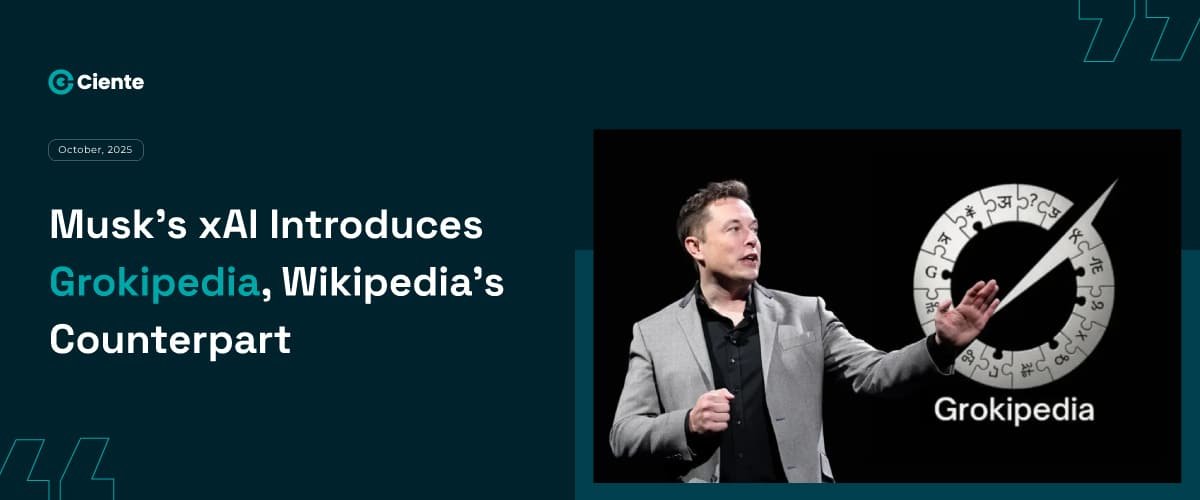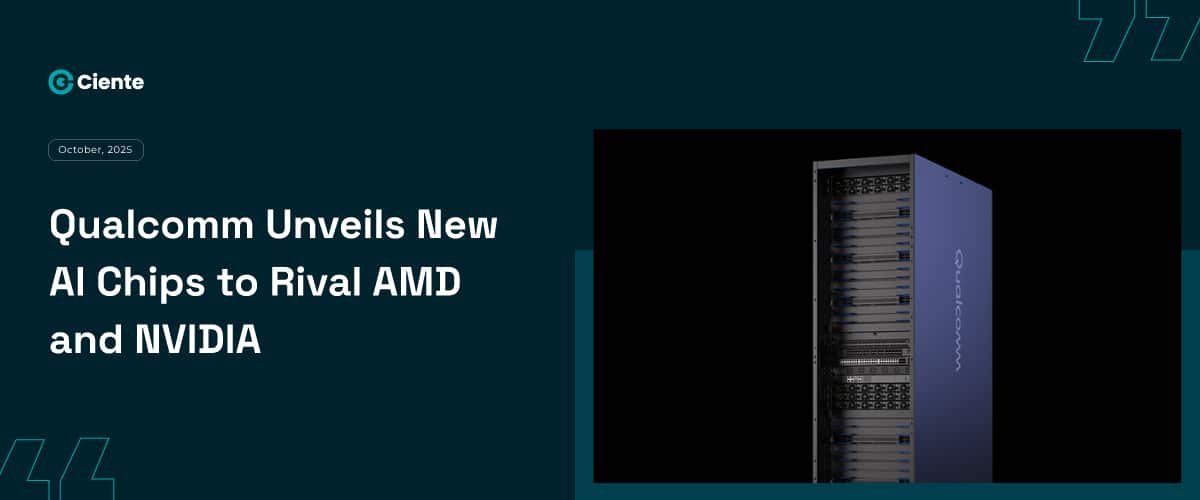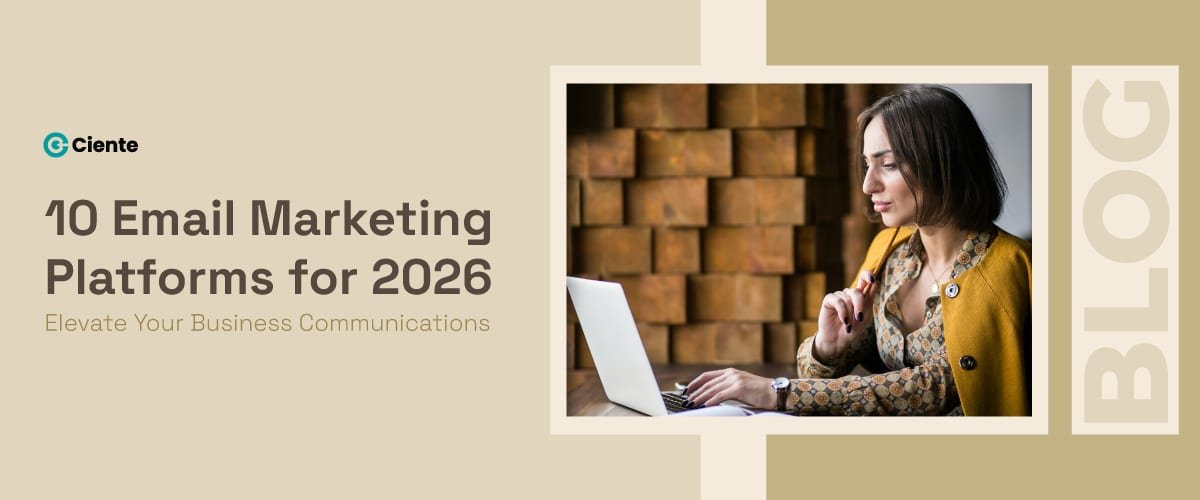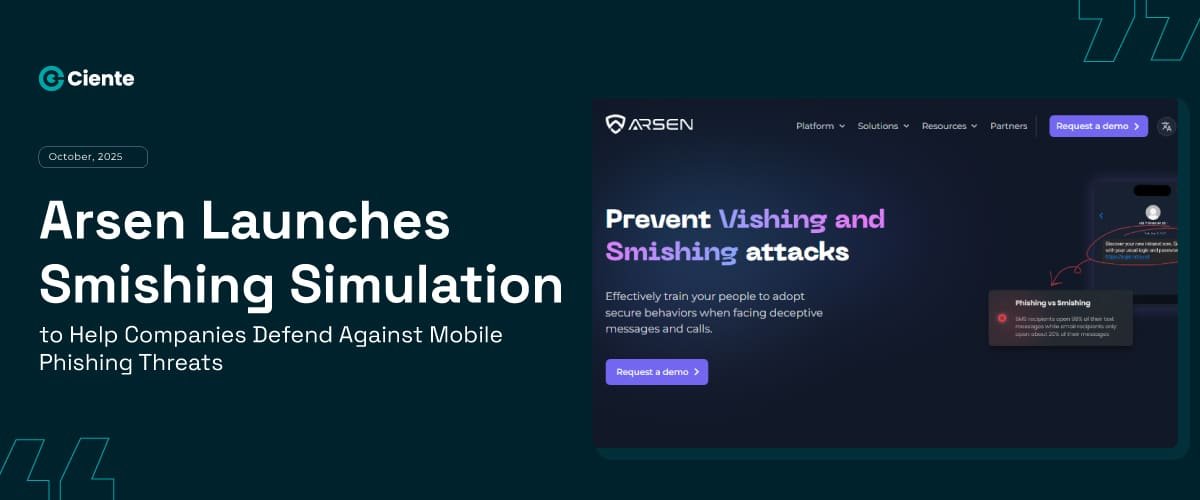When planning to invest in programmatic advertising, the first thing to figure out is an efficient platform to partner with. This article will help you make that choice.
Programmatic advertising allows leaders to implement media purchases and retarget customers using automated tools. Choosing the right platforms simplifies launching efficient ad campaigns, highlighting a brand’s offerings, and garnering more customers.
The various features and advantages of programmatic advertising make it a popular channel for marketers. As technologies emerge, brands must incorporate these media channels to boost ROI.
Studies indicate that in 2025, its strategic integration can contribute to an unprecedented growth of around $271 billion in ad spending in the United States alone. You can combine it with top-notch ad templates and ad inventory to improve user experience.
More about B2B Programmatic Advertising
Programmatic advertising has two main players: an advertiser and a publisher. The advertiser shows ads to the target audience, whereas the publisher uses the ad space to display them. In contrast to display ads, programmatic ads can be bought or placed on platforms using the software. The purpose is to increase a brand’s distribution and scale at a higher budget.
With programmatic advertising, brands can give digital advertisers the benefit of the doubt for buying and selling ad inventory from publishers. You can leverage these platforms to buy the ad space of choice, manage ad campaigns, and optimize them using data.
There are six critical components involved in programmatic advertising’s automated process:
Demand-Side Platform (DSP)
DSP is an automated buying platform that is fitting for purchasing digital ad inventory. It allows you to buy ad space in exchange for advertisements at a pre-determined cost. When you launch ads with DSP, you can target audiences based on location, age, and online presence.
Supply-Side Platform (SSP)
This tool is perfect for including an ad inventory in an ad exchange. Typically, SSP can be managed before the onset of programmatic bidding.
Ad Exchange
An ad exchange is like the trading floor where actual bidding occurs. After an inventory is available, the ad space can be sold to the highest bidder. This process resembles an auction setting— the only difference is that it takes place through algorithms.
Real-Time bidding (RTB)
RTB offers clarity about what the target audience is seeking and how much they are willing to invest to reach them.
Private Marketplace (PMP)
Also known as a private exchange, it gives ad publishers more control while choosing what’s best suited to purchase their ad space. Publishers will provide inventory to a handful of advertisers.
Programmatic Direct
This ad platform allows publishers to sign one-on-one deals with advertisers beforehand. The pre-planning helps gather impressions at a guaranteed price. However, the actual process of publishing ads to the target audience happens through an automated system.
What Goes into Programmatic Advertising?
This process involves six steps:
Step 1: When customers visit a website displaying a programmatic ad, the site first shares client details with an ad exchange.
Step 2: The ad exchange then assesses user data. This detail is shared with advertisers in real-time. All this is followed by the initiation of an auction.
Step 3: With the help of DSPs, advertisers review the information, evaluate the value of serving their ads, and then place a bid accordingly.
Step 4: After the bidding process is completed, the ad exchange selects the best bid, and the winning advertiser gets the ad space.
Step 5: Soon after, the selected ad gets uploaded to the user’s webpage.
Step 6: Once an ad has been published, you can evaluate its performance using metrics like clicks, impressions, and conversions.
Want to read more about programmatic advertising? Please refer to some of our other blogs on this topic. (link)
Benefits of Using Programmatic Advertising Platforms
Why must you leverage diverse programmatic ad platforms? The answer is quite straightforward. It’s an informed and smart strategy. And an integral component of intelligent decision-making.
However, this isn’t all there is to leveraging different programmatic ad platforms.
They add an edge to your ad campaigns, elevating their visibility and reach. And this is why shifting from traditional digital marketing methods to programmatic ones is imperative to maximizing your ROAS.
What can optimized and automated ads actually do for your business?
1. Offers real-time data insight.
Tweaking and optimizing ad campaigns in real-time is a modern ad demand. While AI and automation have made it possible, few marketers usually understand their benefits.
Imagine being able to analyze PPC data after a whole day of running ads on the Google Ad Network? You can draw parallels between the huge volumes of real-time user data. It becomes much easier to draw insights at the very moment when users are interacting with your ads.
Your team receives insight into what’s working and what’s not. The data is presented, not in numbers, but in pie charts, metrics, and graphs using Google Analytics (or other integrated analytics software).
After which, these programmatic ad platforms allow you to make real-time adjustments. And the result? Elevated efficiency and speed. You no longer have to wait for the collated data at the end of the ad campaign and wonder if you can improve upon it next time.
2. Instills transparency into the reviewing and buying processes.
The truth is that you can’t improve upon what you can’t see or measure.
Programmatic ad platforms have elevated the visibility into ad campaigns, removing a significant amount of the black box. The most crucial one is an insight into automated ad buying and selling, especially in real-time.
Traditional advertising never offered advertisers or publishers so much information in the ad process. Behind the curtains, it’s never easy to understand where the disconnect could be. Think of billboard ads in a busy area, such as Times Square. You know the reach is enormous, but what are the exact numbers? Is your reach moving beyond vanity metrics?
Running an ad across the Google Ad Network is substantially different. You don’t just track impressions, but other value metrics that’ll help marketers make better decisions regarding ad spend.
3. Improves audience reach and targeting on multiple intricate levels.
Oftentimes, reach is misunderstood. It’s not a vanity metric, but a proof of your brand’s faring. This way, it’s directly linked to your business’s growth.
Programmatic media buying solves this curious case of audience reach for you.
Programmatic ad platforms are the chosen way to reach the maximum number of audience segments. And ascertaining that the ad hits the target just right. It fulfills the entire purpose of an ad, making people see it.
And with multiple networks and exchanges, the potential reach is quite significant. This is why most modern brands are opting for programmatic ad platforms. You don’t even have to concern yourself with your display ads or how to monitor and adjust them. These platforms help you consolidate and unify your running ads from a single location.
You can curate customized ads for different geographies to appeal to the local market and elevate conversions. From informed targeting to cross-device reach, these platforms do it all, emerging as a top-notch solution to traditional adtech limitations.
4. Scales campaigns for flexible resource allocation.
Scaling is a gemstone for businesses to remain competitive. But it’s not without its own risks and inefficiencies. How do you scale campaigns quickly and still ensure all the goals are achieved?
Programmatic ad platforms facilitate scaling depending on how much is invested in the campaigns. This makes programmatic an efficient solution for both large enterprises and small businesses.
For example, Google Ads ensures scalability by allocating average daily campaign budgets. Then it looks over when to best use the budget on a day-to-day basis. The amount spent substantially depends on the campaign’s potential ROI. This means that an advertiser can opt for the programmatic ad platform to reallocate a chunk of the budget during customer peak times.
The ad platforms ensure that advertisers can capitalize on opportune moments and increase effectiveness. And the most vital thing to note here is that the scalability that programmatic ads deliver is really agile. Your team can scrunch or increase the budget according to your campaign directives.
5. Improves your access to a rich media mix and enhances the creatives’ quality.
Programmatic ad platforms help choose the right media mix that suits your campaign best. It hosts a plethora of ad formats and channels to reach your audience in the most engaging way possible, from video ads to audio and connected TV.
This diversification adds edge to your campaign, retaining freshness in your campaigns. You can rotate between ad formats and experiment with multiple creatives at multiple touchpoints.
But always ensure that the content isn’t generic or static. Instill creativity across all assets to establish a direct understanding and empathetic communication line to your target audience. Leverage content that ties to the viewers’ pain points and offers value in return.
Don’t just invite your audience to look at your ad. But engage with it, and truly grasp what your brand can do for them. Creating more personalized creative assets might do the trick. And if it’s shareable? Your creatives add more bargain points to your ad campaigns.
This is what programmatic ad platforms afford advertisers- not just the technical structure, but also creative enhancement.
Choosing the Best Programmatic Advertising Platforms in 2025
Don’t just follow market trends or base your selection on the coattails of the market leaders. Given that programmatic is highly technical, you must opt for the best one- one that actually aligns with your business requirements.
The right platform will help you zero in on your campaign goals, factor in the funnel stages, and segregate audience data smartly.
Every brand entails a USP and unique customer journeys; the programmatic ad platforms you finally opt for must consider these aspects to enhance your activation strategy.
But choosing one isn’t as straightforward as you might think.
Let’s see which ones are making all the noise in the market currently.
Best Programmatic Advertising Platforms for Your Business
With several efficient ad platforms within the market, it can seem like a real challenge to decide which would be ideal for your brand.
We’ve prepared a list of top picks to help you integrate the leading programmatic advertising channels.
1. Publift
Publift is a Google Certified Publishing Partner specializing in ad tech, startup strategy, and optimization. Their high-quality custom solutions and customer service have earned them a high reputation.
Publift easily provides access to features like premium demand sources, real-time bidding optimization, and data-driven yield management. It’s a perfect choice for driving a significant increase in publisher revenue.
Publift is ideal for brands looking to deliver structured reporting and analytics to track ad campaign performance. The core objective is to push informed decision-making with these ads and optimize them.
2. Google Ad Manager
As a leading programmatic advertising platform, Google Ad Manager allows brands to target large publishers, thus generating traffic and revenue. Its equipped tools make ad optimization a smooth process.
Google Ad Manager’s ad exchange platform contains automated optimization and dynamic allocation. Features like this enable companies to modify campaigns based on performance indicators such as cost per action or click rate.
3. Adobe Advertising Cloud
One of the highlights of this platform is that you get the combined benefits of both Adobe Marketing Cloud and Adobe Analytics Cloud. This offers flexibility, supporting various programmatic ads across channels, such as display, video, social media, and so on.
You have an all-in-one platform that enables you to reach an audience through different ad formats. And it’s user-friendly, streamlining ad campaigns plus having the right tools for optimizing performance. You receive holistic information on customer behavior and preferences.
Adobe Advertising Cloud’s real-time analytics will help adjust bids and budgets, amplifying the ROI cycle.
4. Trade Desk
The features of Trade Desk can improve audience targeting and streamline omnichannel marketing. You can access RTB, private marketplaces, budget management, and more using the same tool.
What’s more, it exposes you to a data marketplace that gives advertisers access to high-quality data to enhance targeting efficiency. This platform enables brands to reach the right audience using the right message at the perfect time.
5. Xandr
Xandr is a Microsoft-owned platform that helps brands streamline the buying and selling of digital advertising. What makes it stand out is that it is very adaptable. Xandr’s striking blend of automated tech, data, and identity solutions makes it an asset for brands wanting to engage their target audience.
The differentiating feature of Xandr is its efficient audience analysis tool, providing insights into customer interests and preferences. Brands can use these details to customize ad campaigns to connect with customers and accelerate the sales pipeline.
6. PubMatic
PubMatic offers you the seller’s perspective. Brands can choose from an array of solutions that it offers, ensuring ad quality and monetizing the ad space. It also allows you to access a private marketplace, analytics tools, and tools to manage ad fraud.
Businesses can use the media buyer console plan in PubMatic to manage campaigns across multiple channels. The best feature of this platform is its scalability, making it accessible across various budget options.
7. MediaMath
Launched in 2007, MediaMath is an established platform integrated with cutting-edge programmatic buying technology.
The Gartner Magic Quadrant for Ad Tech listed it as a leading platform. MediaMath’s combination of catchy video and first-party data provides a complete end-to-end solution that promotes simple yet efficient omnichannel advertising.
This programmatic advertising platform is an ideal choice for omnichannel campaigns across mobile, display, video, and audio.
8. Criteo
Criteo is a genius at retargeting.
How often have we noticed users browsing through a website, or adding products to a cart, and then abandoning it? Criteo is an expert at delivering relevant and personalized ads that encourage these visitors to re-engage and complete their purchase.
It uses a hybrid approach, leveraging both audience data and algorithms, to track behavior and drive out data-driven, accurate insights. This way, their ad targeting strategy remains dynamic and contextual.
And in today’s landscape of ad fraud and lack of data security, Criteo moves away from deceptive incentives that encourage third-party clicks. This is what makes this platform the most accessible platform for publishers with mid-level website traffic.
9. AdPushUp
AdPushUp is known for its user-friendly interface. Started in 2014, this is a revenue optimization platform for website owners and online publishers. It facilitates publishers and advertisers to experiment with their creative assets by applying A/B testing.
It isn’t merely about publishing ads and generating revenue, but also about enhancing the overall campaign. AdPushUp fosters an environment of testing and choosing the ad configurations that work best for their brand.
Its standout feature isn’t this flexibility to experiment, but its capability to integrate with popular ad networks. This increases publishers’ access to ad demand sources and helps them make informed monetization frameworks.
Choosing the Right Programmatic Ad Platform is All About Choosing Brand Safety.
Brand positioning remains significant in marketing, irrespective of a company’s size or year of establishment. The boom in technology demands a strong digital image. But for that to happen, brands must be available on the correct channels in front of the right audience. Embracing this change with open arms will do wonders for your brand.
Programmatic platforms will help elevate your digital advertising efforts. So, it’s crucial to understand what these platforms offer and choose the best fit.





